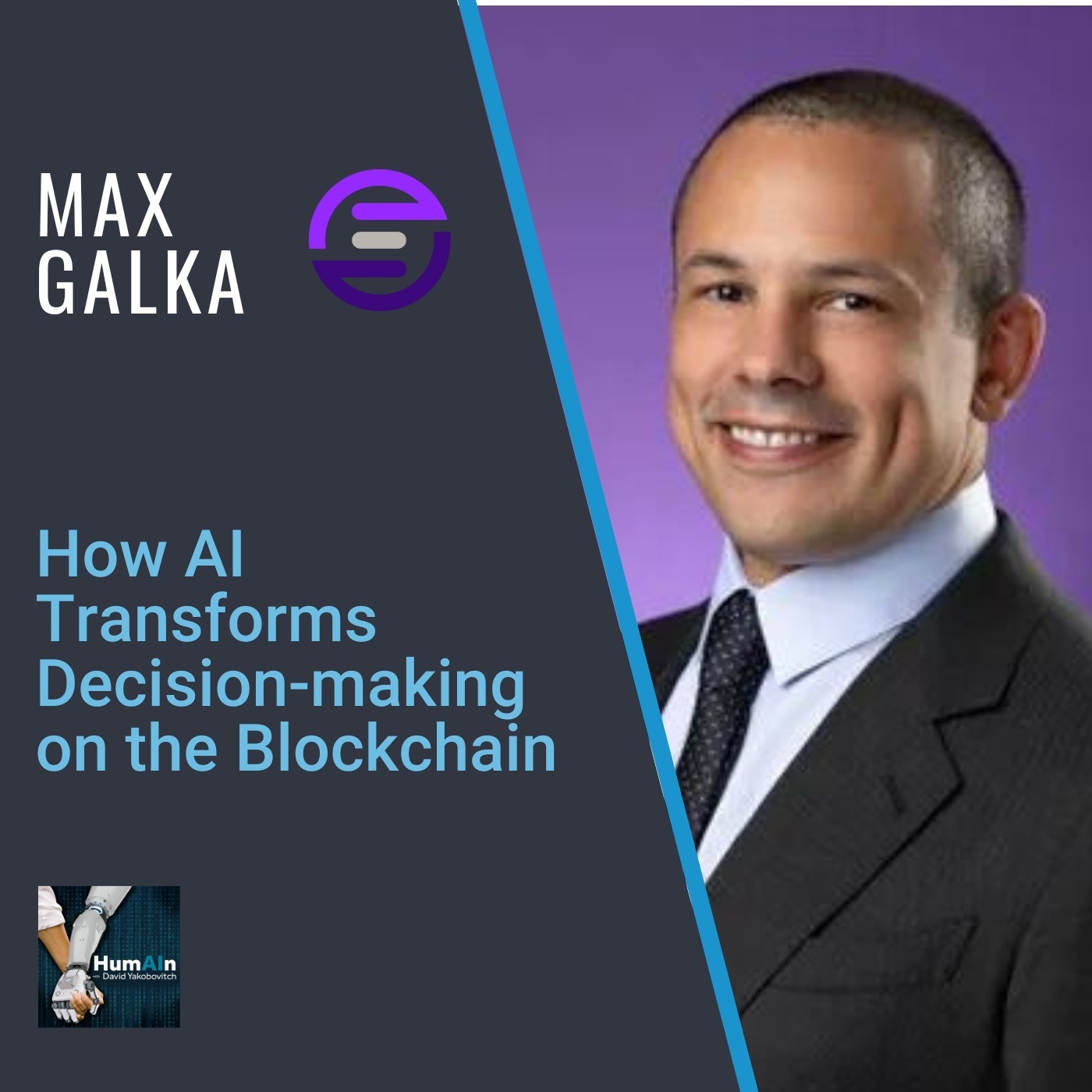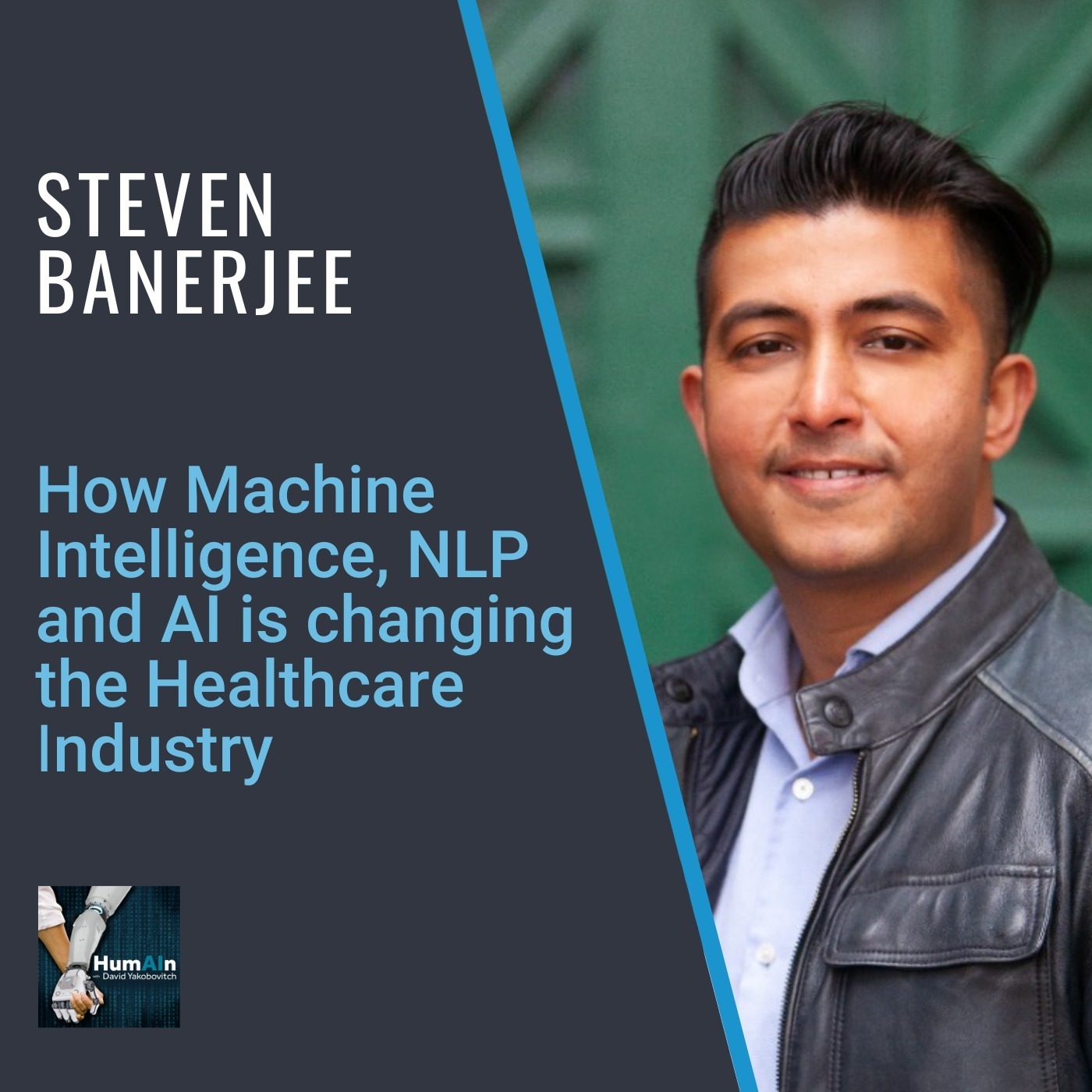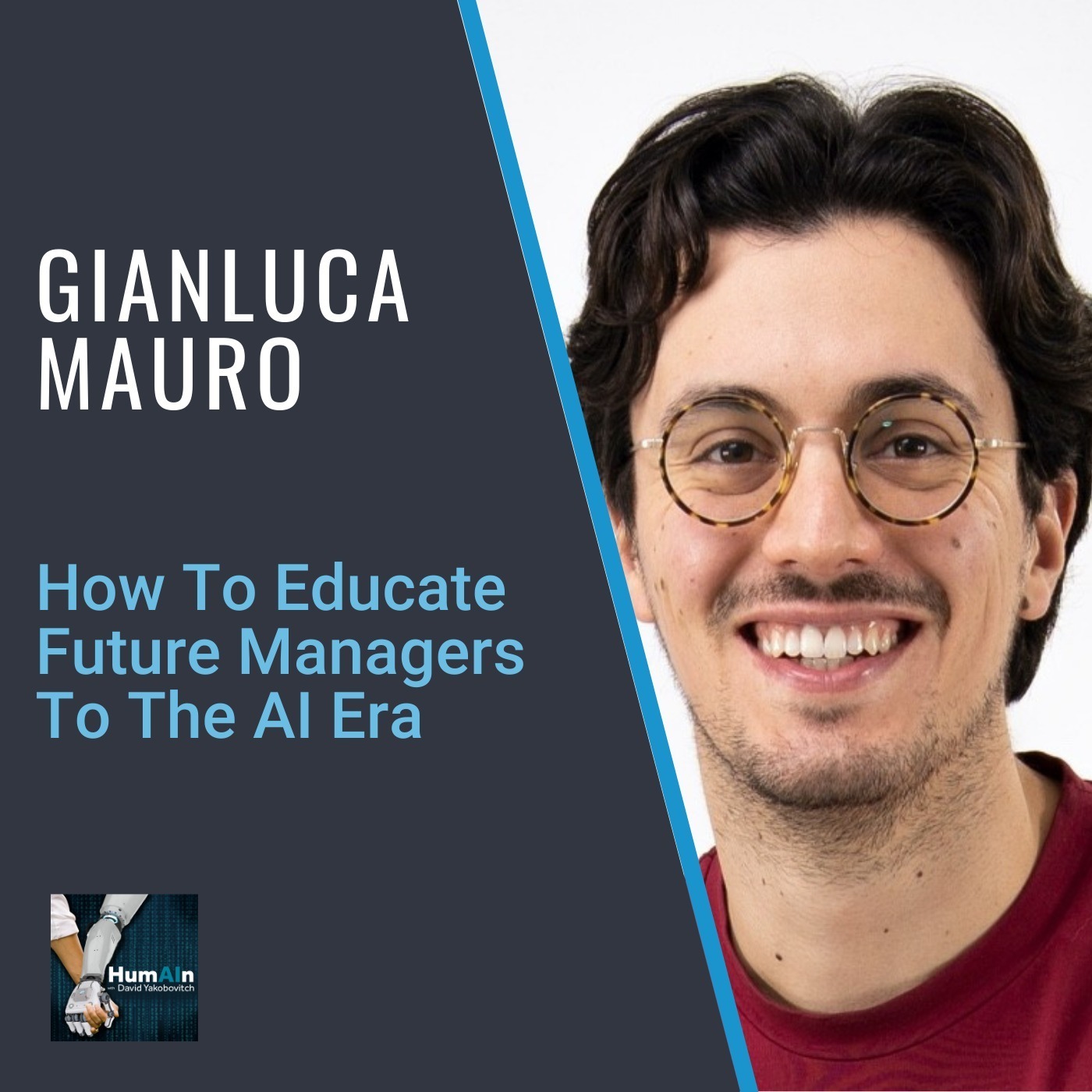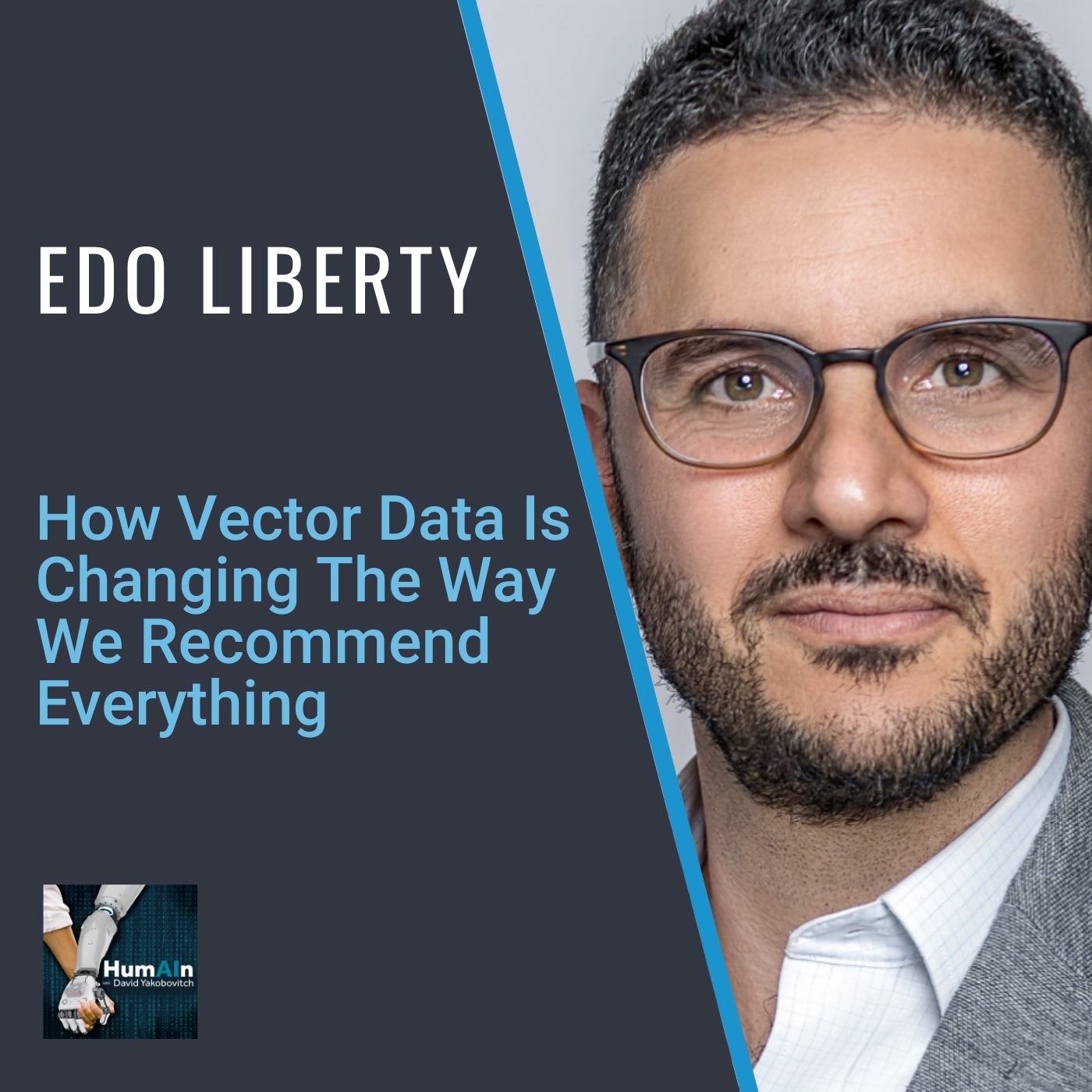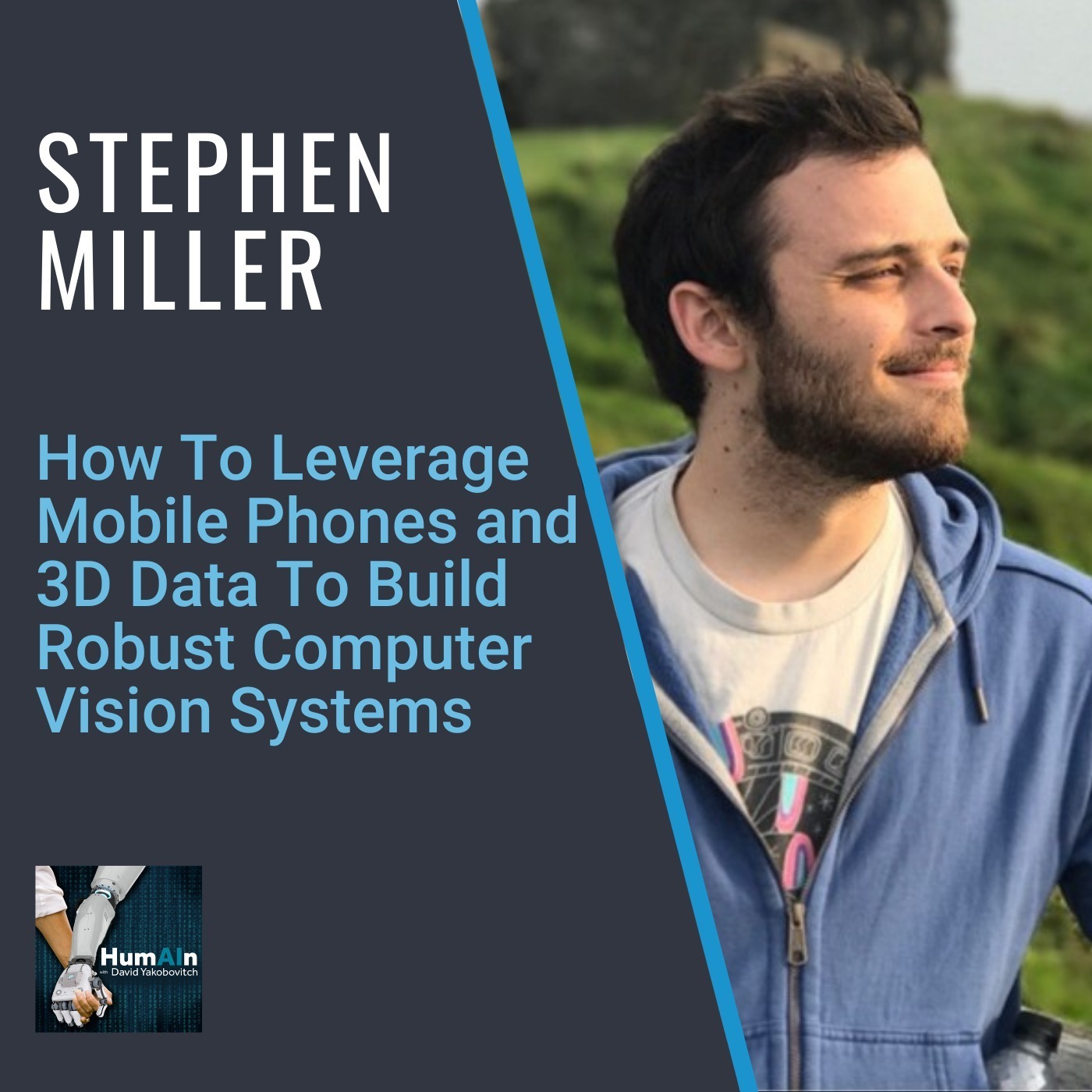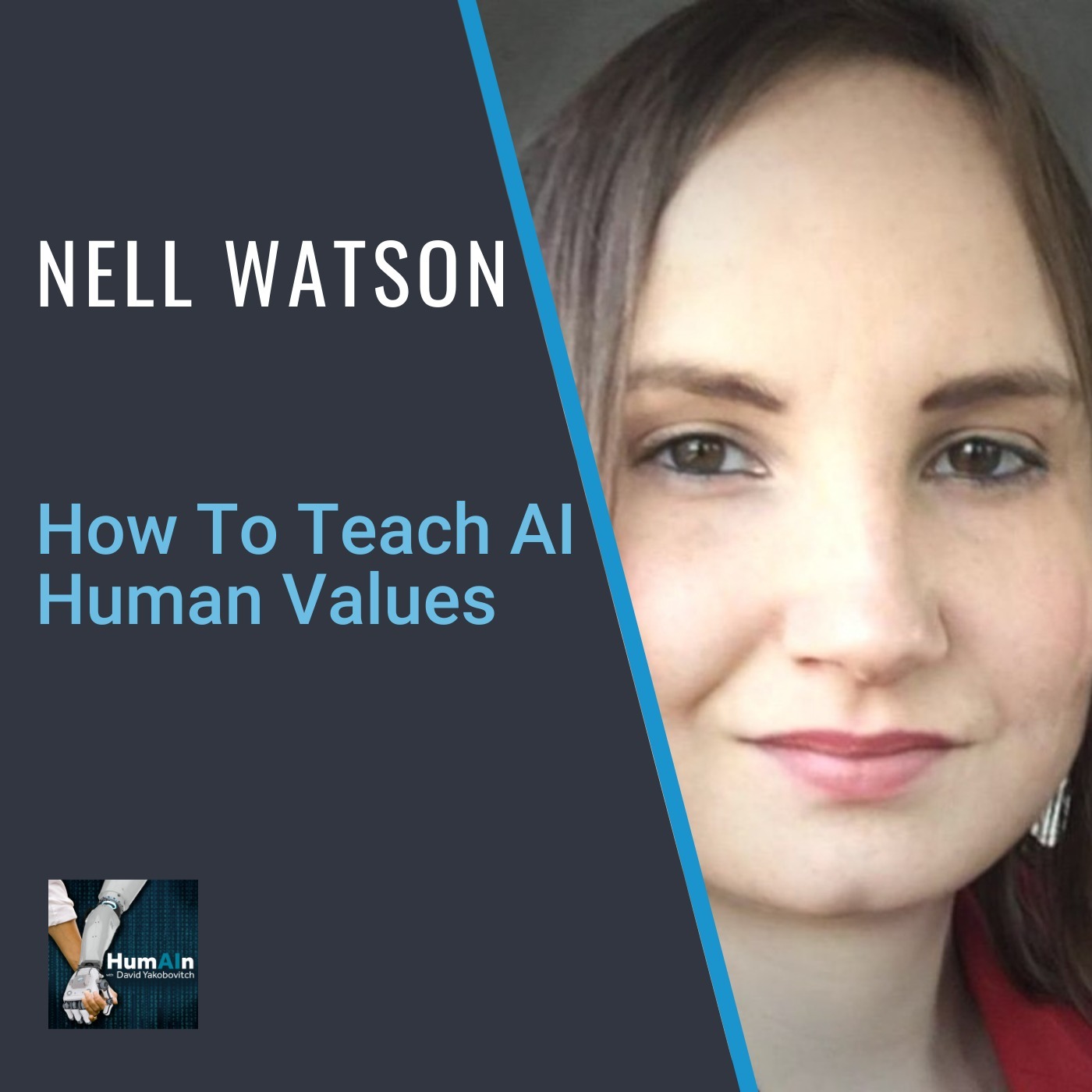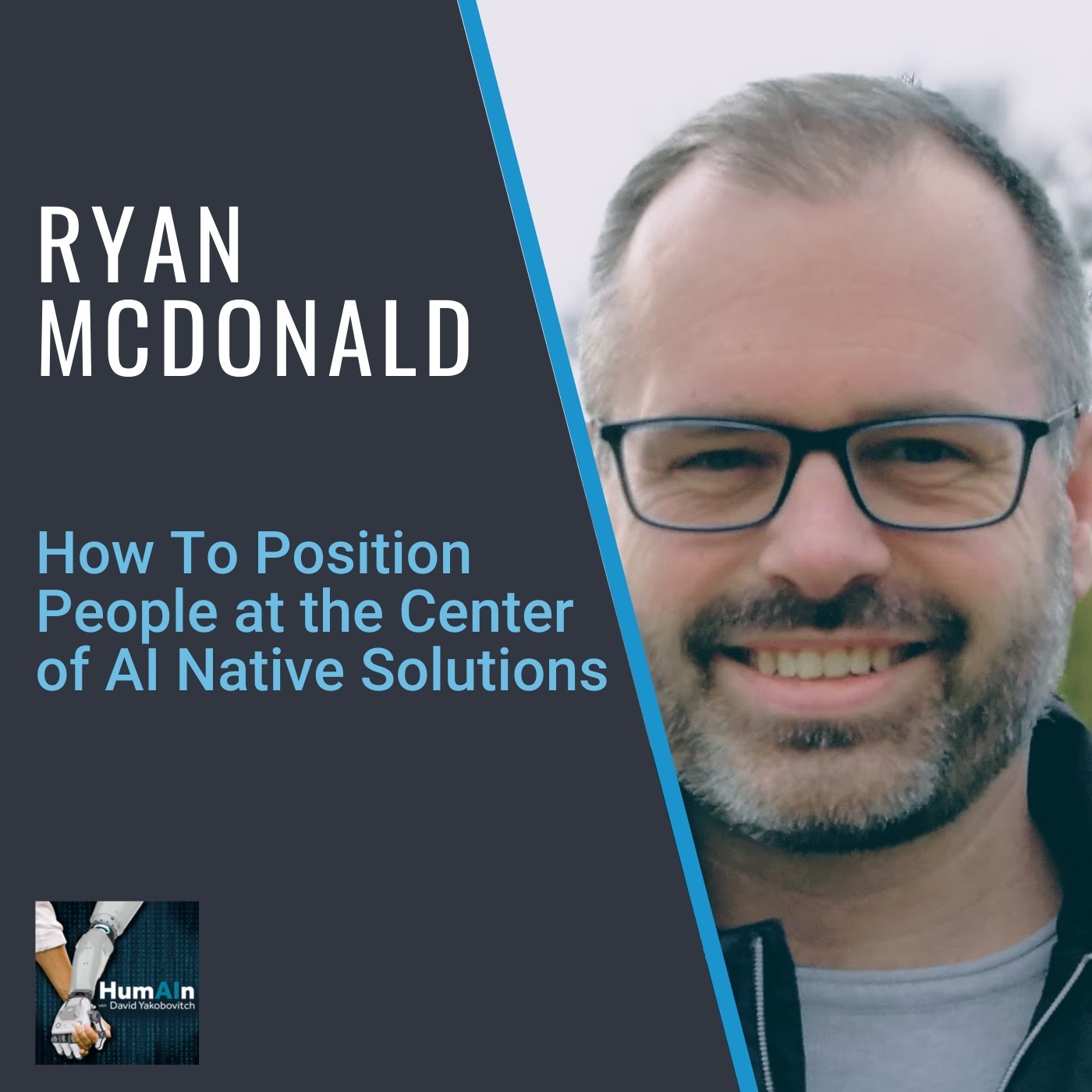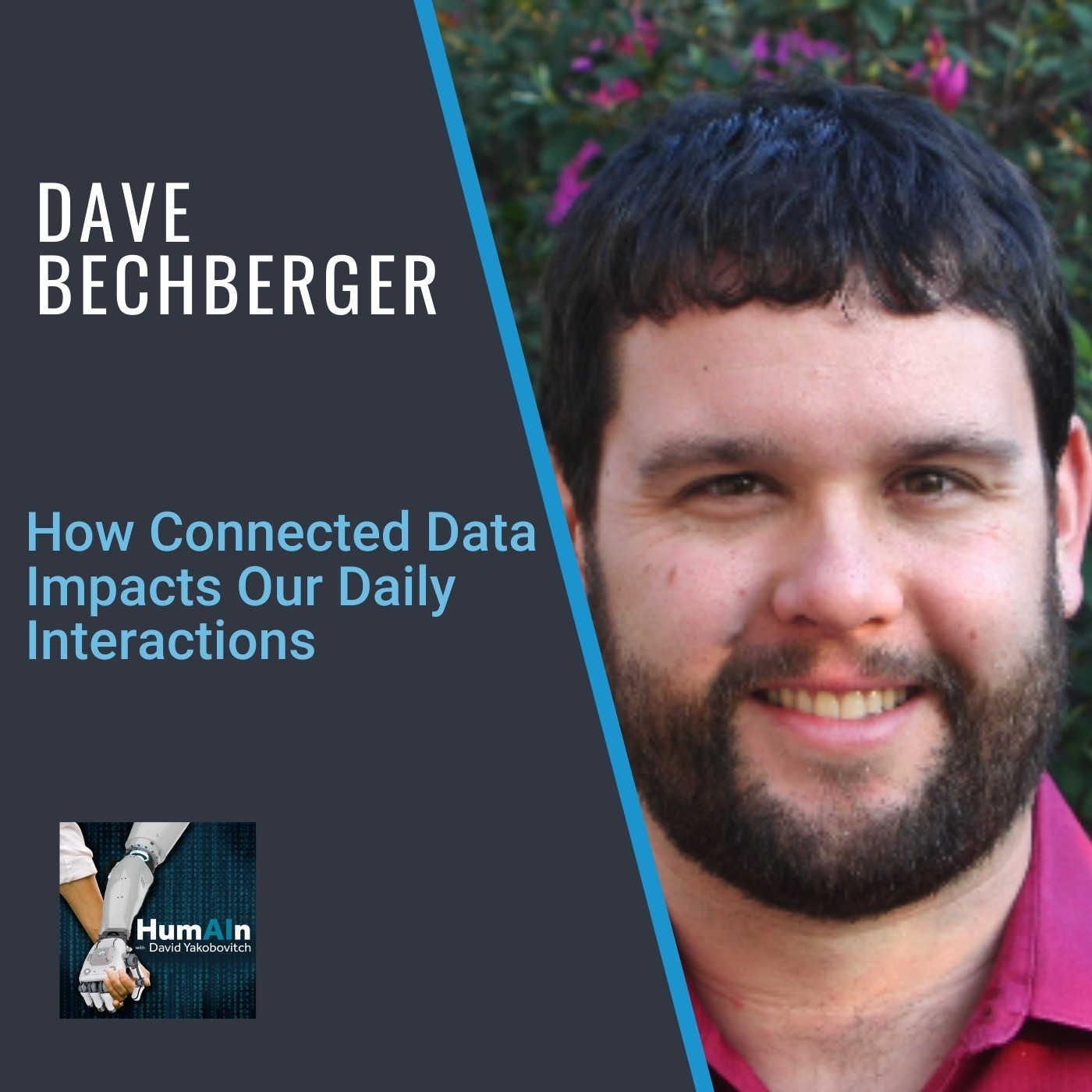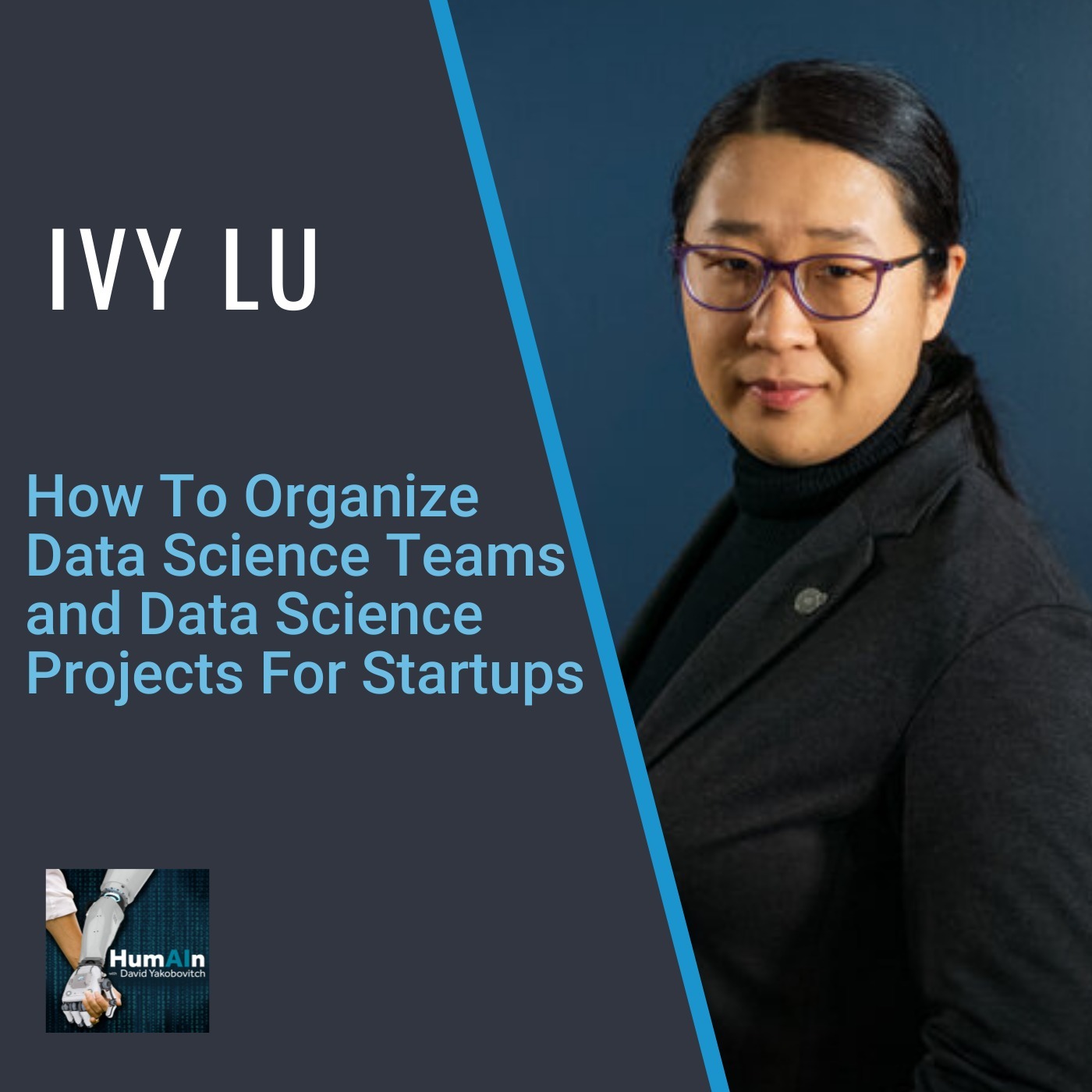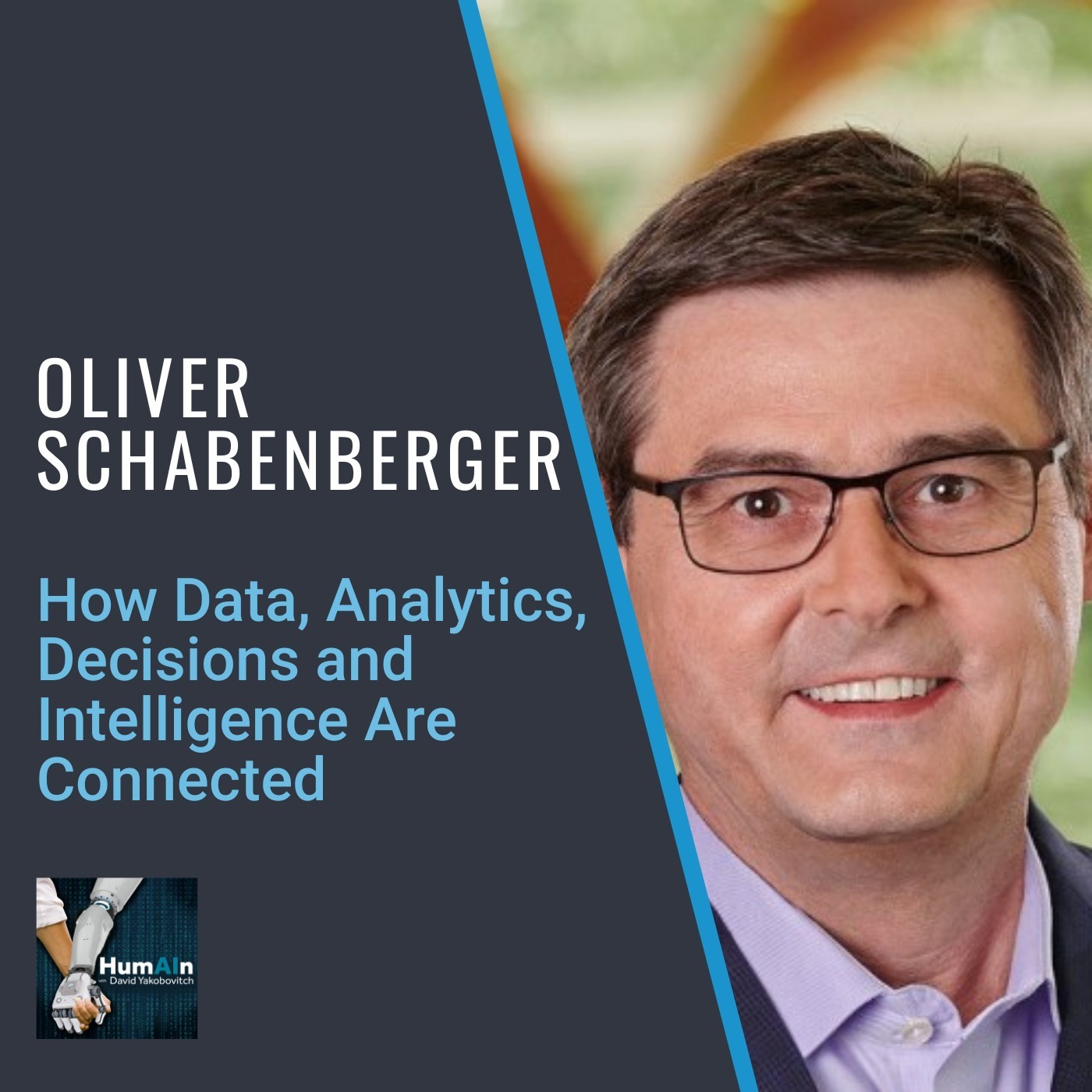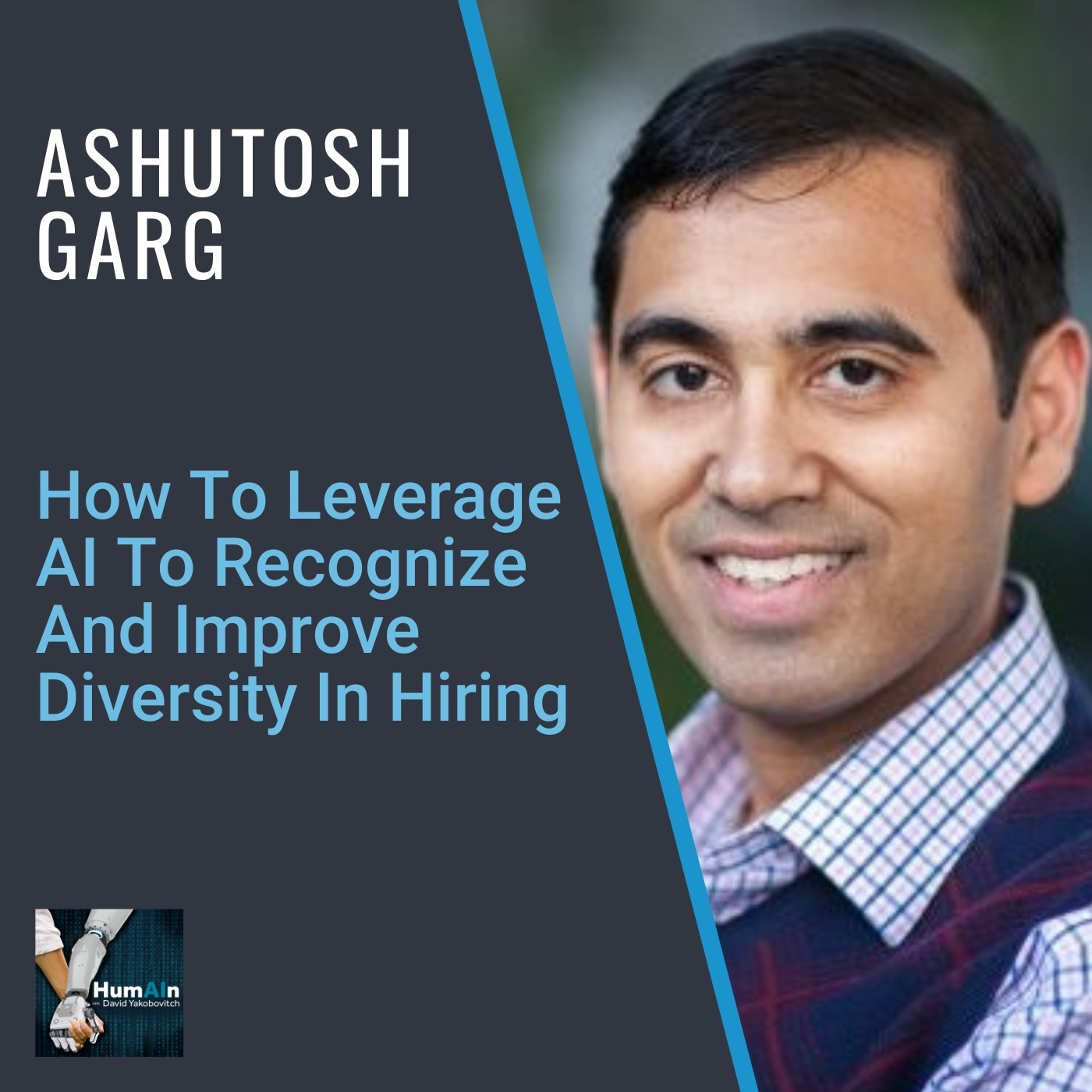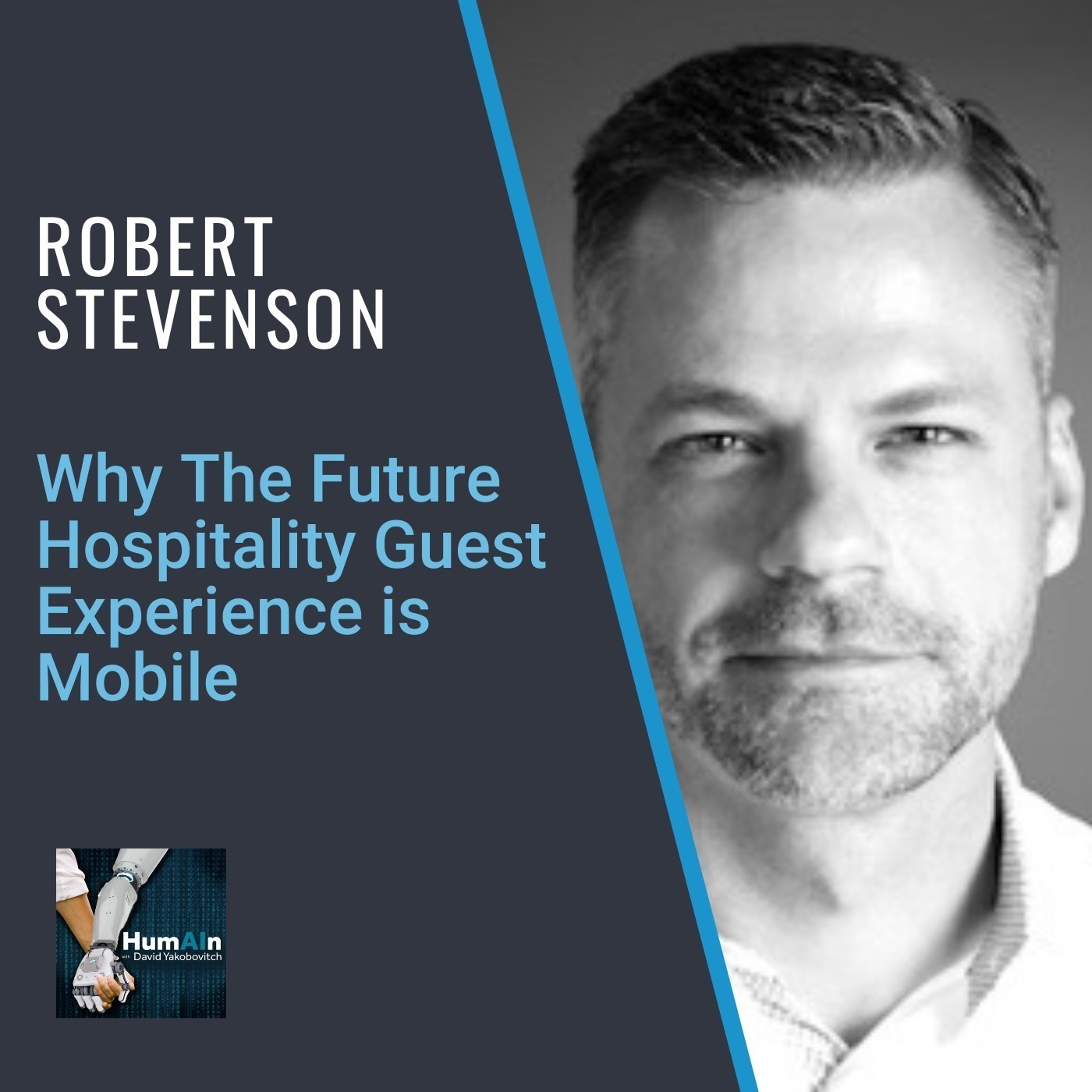How Automation Can Create a Better Future of Work with Sagi Eliyahu, CEO & Founder of Tonkean
[Audio] Podcast: Play in new window | DownloadSubscribe: Google Podcasts | Spotify | Stitcher | TuneIn | RSSSagi Eliyahu is the co-founder and CEO of Tonkean, a next generation business dashboard that connects the dots between the tools organizations use every day and the insight only teams can provide. With Tonkean, Sagi seeks to help companies of all sizes and types simplify and automate the process of staying updated on the most important details they need to more successfully manage their businesses.Episode Links: Sagi Eliyahu ’s LinkedIn: https://www.linkedin.com/in/eliyahusagi/ Sagi Eliyahu ’s Twitter: @esbsagiSagi Eliyahu ’s Website: https://tonkean.com/ Podcast Details: Podcast website: https://www.humainpodcast.com Apple Podcasts: https://podcasts.apple.com/us/podcast/humain-podcast-artificial-intelligence-data-science/id1452117009 Spotify: https://open.spotify.com/show/6tXysq5TzHXvttWtJhmRpS RSS: https://feeds.redcircle.com/99113f24-2bd1-4332-8cd0-32e0556c8bc9 YouTube Full Episodes: https://www.youtube.com/channel/UCxvclFvpPvFM9_RxcNg1rag YouTube Clips: https://www.youtube.com/channel/UCxvclFvpPvFM9_RxcNg1rag/videos Support and Social Media: – Check out the sponsors above, it’s the best way to support this podcast– Support on Patreon: https://www.patreon.com/humain/creators – Twitter: https://twitter.com/dyakobovitch – Instagram: https://www.instagram.com/humainpodcast/ – LinkedIn: https://www.linkedin.com/in/davidyakobovitch/ – Facebook: https://www.facebook.com/HumainPodcast/ – HumAIn Website Articles: https://www.humainpodcast.com/blog/ Outline: Here’s the timestamps for the episode: (00:00) – Introduction(01:39) – Tonkean enables more people to use software. And what impact would that have on enterprises and business in everyone's life? That's what we're all about. (02:43) – We joined from acquisition and grew the team there from a handful of people to over 150 people. Even though we had all those great tools in place and the top CRMs and the top project management tools like most companies, it didn't feel like it helped to force people into those softwares. You look at the CRM, you don't have the information that you need. You look into the project manager system, it's not there. So I tried to hack those systems together, trying to connect them together with the likes of integration platforms.(04:24) – The biggest moment for me was to realize that business processes are actually not about data, they're about people. But software in enterprise is almost a hundred percent about data. How do you actually go about using technology in a process that is very dynamic, very asynchronous and very human-centric? And the answer is that you didn't actually have anything to do that for you. That sounds like a big enough problem to pursue. So that's when we decided to start Tonkean. (06:01) – We call it the Operating System for business operations. It's really abstract into the complexity of business processes, which are human-centric, highly dynamic, highly complex, simplifying it to non-coders business professionals, operation teams like sales operations, marketing operations, legal operations, and general operations, and so on, to be able to build their own solutions that are across a process, not necessarily creating a new app where you can view and manage data, but actually streamline a process end to end across different systems and across different teams.(09:28) – When the pandemic hit and everyone moved in almost overnight, it was really quick to be fully remote. I always had a remote team or more accurately a team that is, like you said, distributed on both sides of the globe. Everything is more measured, and not because we want to, because we're forced into it. All that coordination and all that work that was not in the spotlight becomes more in the spotlight because we're remote, and because everyone is remote. That definitely pushed a lot of the automation world in a lot of our sort of human-centric processes world to the top of mind, because now you can see how much of the work you actually do every day. And all of us are not necessarily in systems. It's between us people and how much of it is manual.(12:29) – One of the big things we're pushing forward is a concept we came up with, which is people-first process design. It's not even about what technology you have. We also believe that most companies and most people misuse technology in the way that they even structured the processes. (15:11) – If we're not designing the process into their strength, then we're actually replacing one inefficiency with another. And that's kind of where we strive to help operation teams. They know the process, they understand it, provide them with a tool set, with a platform where they can actually create efficiency on top of existing systems and on top of existing behaviors. (16:26) – There's the personalization for the role. What is important for that role? What is important for that team? What are the things that work well and what are the things that are not working well as part of this end-to-end operation? (17:47) – Work is more global. And to get the best case scenario, outcome, you need to actually leverage everyone. And that is something that I feel our platform allows to do, but more of that, the movement of no-code and low- code release, all about enabling more people to create more solutions that are more customized for their own processes, their own team, their own company, versus buying packaged solutions off the shelf.(18:55) – No Code and Low Code are both playing on the same, call it a wave of future improvement and future next steps off software. So for many reasons they are in the same global area, but at the same time, they're night and day, they're actually very different. Low-code, by definition, is the ability for developers to do more things with less code, but it's a low code because you still need to code. And even if you're not writing scripts, like Python or any other coding language, you still expect that to be a developer mindset and skillset. The low code movement allows you to move faster. So it's basically saying the same people that can code today can code faster.(20:39) – No-code is about expanding the pie, making the pie bigger of people that can actually build things. So it's, instead of saying, you can do more things faster, it's saying more people can do more things. And why that is important is because if you think about the impact of technology and the growth of technology over decades and over many generations, any duration in software specific to the big leaps do not come from making things faster. Those are linear growths. The big things come from opening the door for different new people that can now code.(22:15) – With Tonkean, we believe that operation ops people, again, sales ops, legal ops, finance ops, professionals that understand processes really well, they understand what needs to happen and why, and what's important, but they don't know how to code. So they don't even understand how API works or well enough to create mission critical solutions.(22:54) – If you give them low code, it's not very useful for them. They can do toys, they can do small things that create small impact, but they will never be able to build huge complex systems with low code because the gap is not in the speed. The gap is in the knowledge that they come with. With Tonkean, being fully no-code, we focus on those business processes segments and they've created them to be fully no code in the sense that you don't need to be a developer in your mindset.(24:50) – There's always going to be the need for implementers and the need for architects. To be an architect, you would need to still be the technical person in that case, that understands how networks work and how data flows. Tonkean is a bridge between tech and IT, it incorporates engineering with the operation teams. And empower the operation teams and business analysts to implement their own solutions.(27:15) – 95% of all IT and operation teams have already adopted or planning to adopt in the next 12 months a no-code or low-code solution. The need for efficiency in those departments was always there. What we're seeing now is the movement from personal productivity to operational efficiency.(33:47) – We're focusing mostly on large enterprises these days. So there's a lot that we're going to add on from that perspective as well. And being able to, like I said, allow people to build true missions, critical processes and things that run for a long time.(35:02) – Get educated on what's out there. There's a lot of great technology that is very complimentary. There's a lot of noise marketing wise. A lot of things seem or sound the same, but that's because the opportunity is so big. And there's so many things that we took for granted over the years.Advertising Inquiries: https://redcircle.com/brandsPrivacy & Opt-Out: https://redcircle.com/privacy
 Sign in
Sign in Sign in
Sign in Sign in
Sign in













